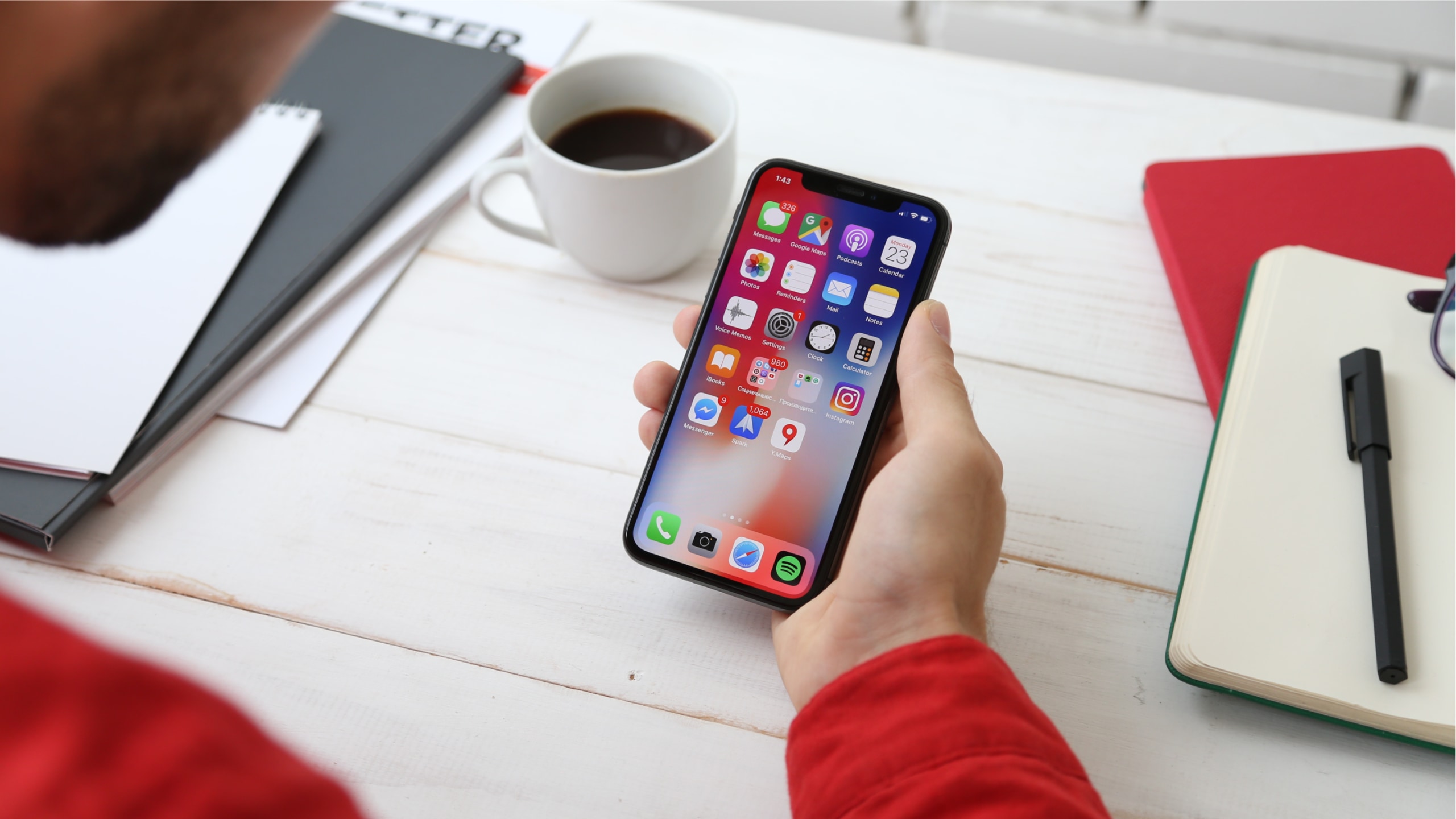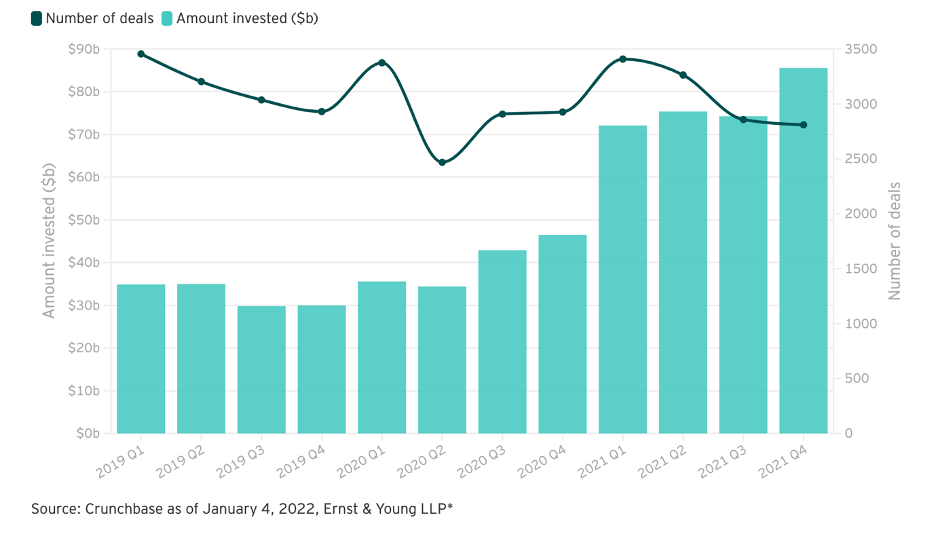Constantin Claes

Low-code apps: not just for the IT crowd
During the early days of COVID-19, Los Angeles took just three days to develop and implement a PCR-test reservation app capable of filtering applications based on location and risk groups. This speedy development was made possible by “low-code” technology.
No/low-code software allows programmers and non-programmers to build applications through graphical user interfaces instead of traditional computer programming. This can significantly speed up app development processes.
Definitions
Low-code: visual approach to software development that enables minimal hand-coding.
No-code: extreme version of low-code with no code writing at all, generally offering pre-built templates that businesses can build apps with.
COVID-19 increased the need for digitalisation: schools required new applications to monitor attendance in their virtual classrooms, government agencies used innovative technologies to distribute meals. Low-code has been a means of meeting these urgent digital needs.
Low-code’s benefits are threefold: faster time-to-market (responding to market changes), greater simplicity (non-developers can no-code) and reduced IT costs (no third-party fees).
Between 2020 and 2021 the low-code market rose by 23% suggesting the low-code industry benefited from the COVID-19 crisis.
Finding themselves spending more time at home, people had time to focus on their long-standing personal tech projects. The crisis has been an opportunity to launch tech startups. However, even as VCs are investing more money than before the pandemic Harvard Business School’s Paul Gompers says the health and economic crisis has induced longer review procedures and less favourable conditions for founders (due to higher market risks). Consequently,some founders have decided to bootstrap their company using low-code to avoid complicated funds raising.

The pandemic also required organisations of all sizes, types and industries to rapidly create apps to adapt to societal and business changes. Case in point, the City of Los Angeles and the 72-hour roll-out of its PCR-test reservation app based on locations and risk groups.
Even as the current health crisis recedes, working from home will become a new norm, leading to more digitalisation needs. According to Gartner by 2025, 70% of new applications developed by companies will use low-code or no-code technologies.
The pandemic may have turbo-charged low-code awareness.
The use of low-code technology is set to accelerate, especially within companies, by empowering any non-computer profile to solve problems independently and to optimise daily processes without waiting for IT to do it. But no/low-code will not only serve businesses. This technology could serve as an initiation to computing skills for children who would want to learn code and develop their coding mindset without having to learn complex syntax.
Constantin Claes prepared this article as part of his coursework in the Master of Management (CEMS).
Image: Yura Fresh
Constantin is currently a CEMS MIM & Business Engineering exchange student at the University of Sydney.
Share
We believe in open and honest access to knowledge.
We use a Creative Commons Attribution NoDerivatives licence for our articles and podcasts, so you can republish them for free, online or in print.







